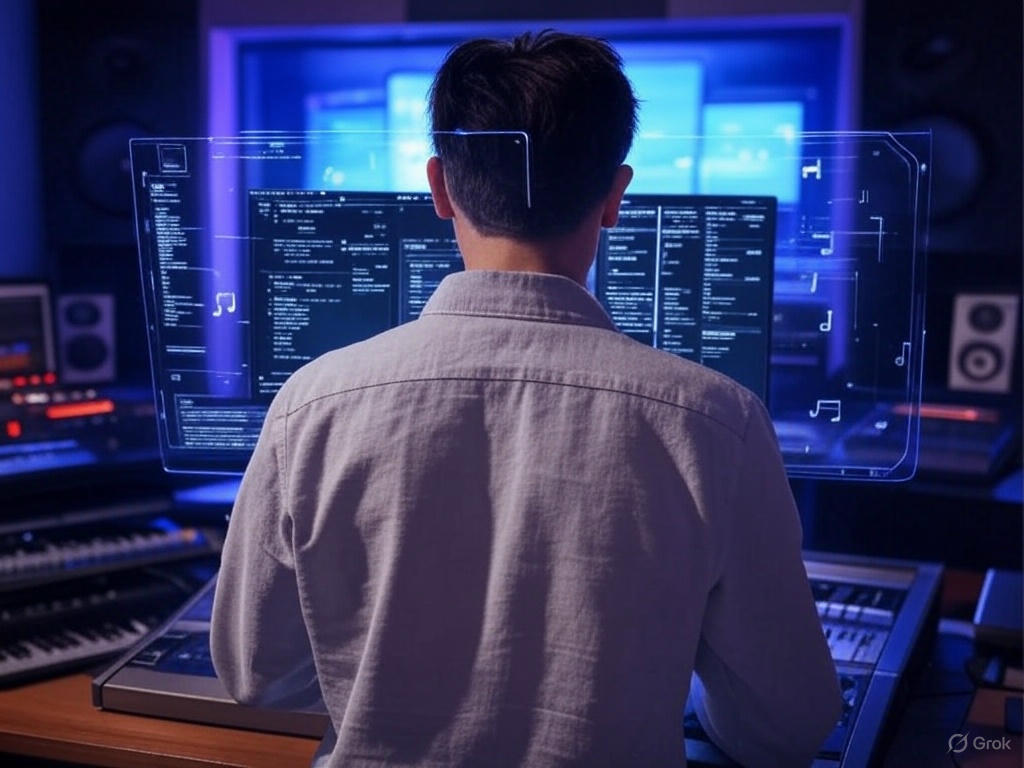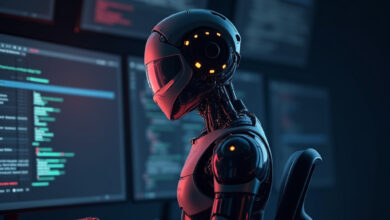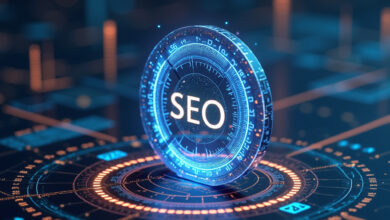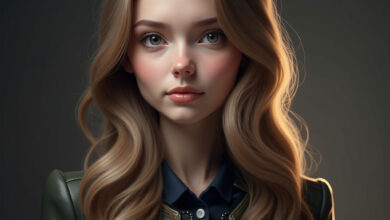From Concept to Creation: How AI Art Tools Are Empowering Digital Artists

Introduction
In the ever-evolving world of digital art, technology is constantly reshaping the canvas on which artists create. One of the most exciting developments in recent years is the rise of AI art tools. These innovative technologies are empowering digital artists by providing them with new ways to conceptualize and create their work. In this article, we will explore how AI art tools are transforming the creative process and enabling artists to push the boundaries of their imagination.
The Role of AI in Art Creation
AI art tools leverage algorithms and machine learning to assist artists in generating artwork. These tools can analyze vast amounts of visual data, learn from existing art styles, and even create entirely new images based on user inputs. This fusion of technology and creativity allows artists to explore styles and concepts that they may not have considered otherwise.
1. Inspiration at Your Fingertips
One of the most significant advantages of AI art tools is their ability to serve as a source of inspiration. Artists often face creative blocks, and AI can help break through these barriers. By inputting keywords or themes, artists can generate unique visuals that spark new ideas. This feature allows for a collaborative relationship between the artist and the AI, where the tool acts as a creative partner rather than a competitor.
2. Streamlining the Creative Process
Creating art can be a time-consuming process, but AI tools can help streamline various stages. For instance, artists can use AI to create drafts or rough sketches, which they can then refine and develop further. This not only saves time but also allows artists to experiment with different styles and techniques without the fear of making mistakes.
3. Expanding Artistic Techniques
AI art tools are not just about generating images; they also introduce new techniques that artists can explore. Many of these tools offer features such as style transfer, where an artist can apply the style of one image to another. This opens up exciting possibilities for artists to experiment with blending different styles and creating unique pieces that reflect their vision.
Accessibility for All Artists
One of the most promising aspects of AI art tools is their ability to democratize art creation. Traditionally, creating high-quality art required years of training and practice. However, with user-friendly AI tools, anyone can start creating art, regardless of their skill level. This accessibility encourages more people to express themselves creatively and contributes to a diverse and vibrant art community.
4. Bridging the Gap Between Technology and Creativity
While some may fear that AI could replace human artists, the reality is quite the opposite. AI art tools are designed to complement human creativity, not replace it. By automating repetitive tasks or generating ideas, these tools allow artists to focus on what truly matters: their creative expression. It’s a partnership that enhances the artistic process rather than diminishes it.
Challenges and Considerations
Despite the many benefits, the rise of AI in art also presents challenges. Artists must navigate issues such as copyright and the ethical implications of using AI-generated content. As the technology continues to evolve, it will be essential for artists to stay informed and advocate for their rights in this new landscape.
Conclusion
AI art tools are revolutionizing the way digital artists create, from enhancing inspiration to streamlining the creative process. These tools empower artists to explore new techniques and styles while making art more accessible to everyone. As technology continues to advance, the partnership between artists and AI promises to lead to exciting new horizons in the world of digital art. Embracing these tools means embracing a future where creativity knows no bounds.




